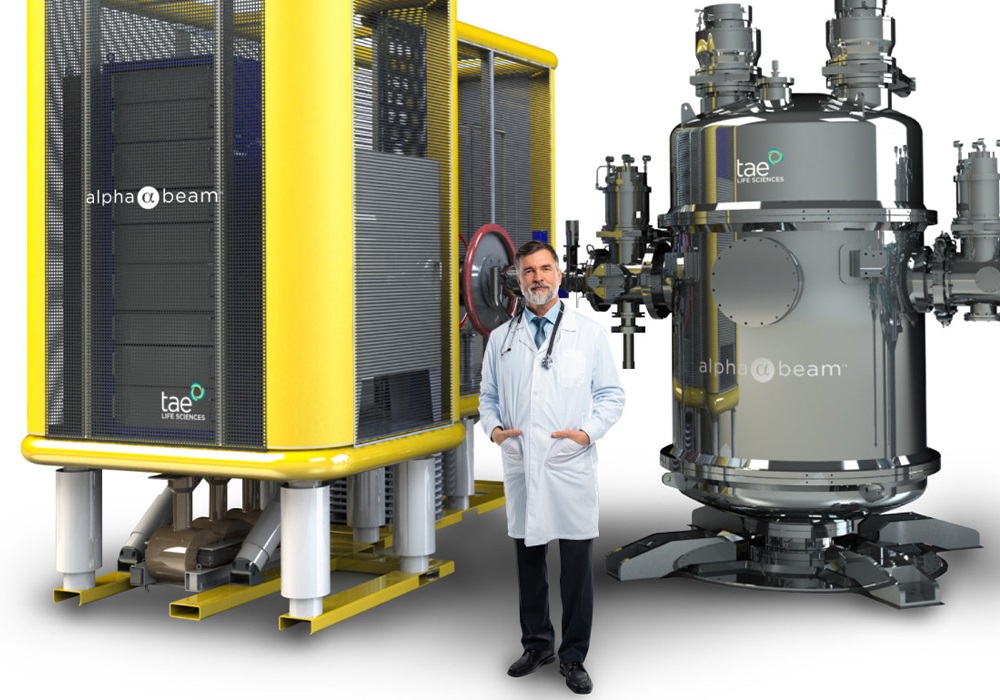
Orange County’s medical device industry remains highly active, despite the appearance of slowing growth on the surface.
The 25 companies reported 22,495 employees, a less than 1% decrease from a year ago. It’s the first decline in three years. The dip was driven in part by layoffs at Masimo Corp.
Perennial top device maker Edwards Lifesciences Corp. (NYSE: EW) saw its local headcount drop 14% to 4,254 due to the $4.2 billion sale of its Critical Care unit to Becton, Dickinson and Co. last year. The sale was a pivot from the company’s original plan to spin out the unit as an independent publicly traded company.
“It was the best for the business, employees, patients and less risky than the spin,” Edwards Chief Executive Bernard Zovighian told the Business Journal in February.
Becton decided to keep the unit in Irvine and renamed it to BD Advanced Patient Monitoring, which counts 500 local and 4,300 global employees. The new company is led by Worldwide President Tim Patz.
Masimo Lays Off 75 Employees
The other decline came from Irvine’s Masimo (Nasdaq: MASI), whose headcount fell 4.9% to 839 employees. Companywide, it increased 6.3% to 9,515 employees.
Masimo’s layoff of 75 Irvine employees took effect on Jan. 13, affecting senior roles in engineering, design and marketing and others.
The layoffs came amid a new company strategy of investing less in wearables.
“We are allocating resources to fewer projects, concentrating on sizable market opportunities that address clear unmet needs, and ensuring we can continue to invest heavily in innovation,” a Masimo spokesperson told the Business Journal last year when the termination notices were first revealed in November.
This year, Katie Szyman stepped in as the company’s next permanent CEO following founder Joe Kiani’s departure from the company. Szyman led BD APM for about five months before she was tapped by Masimo for the role.
Axonics, Inari Acquisitions
Two Irvine companies that were on the list last year have since been acquired.
Boston Scientific Corp. last November completed its $3.7 billion purchase of Axonics Inc., followed by the acquisition of Inari Medical Inc. by Stryker Corp. for $4.9 billion in February.
With the end of these companies also came the emergence of a new publicly traded medical device maker at the beginning of this year.
Beta Bionics, headquartered in Irvine, went public less than a month after announcing plans for an initial public offering.
Employee headcount climbed 30% to 91. Beta Bionics CEO Sean Saint said that the company recently expanded its sales territories from 43 to 60 in a March interview with the Business Journal.
Largest Growers
The largest headcount increase on the list, by percentage, was No. 24 TAE Life Sciences with a 42.9% jump to 100.
The Irvine-based company is developing next-generation cancer treatments with technology developed at nuclear reactors. Its product is called the Alphabeam System, which is much smaller than a reactor and can make neutrons available in a hospital.
TAE Life Sciences said it’s aiming for U.S. approval in 2026.
The next biggest local jump was 35.1% to 235 employees at Nihon Kohden America, the U.S. arm of Japan-based Nihon Kohden Corp.
Last year, the company appointed Roy Sakai as president. Under his leadership, Nihon Kohden launched two new products and acquired a 71.4% stake in NeuroAdvanced Corp. in a “strategic move to enhance its neurology portfolio,” a spokesperson for the company said.
Irvine-based Pro-Dex Inc., which manufactures powered surgical products, grew its local employee count 19.2% to 186.
Pro-Dex Chief Executive Richard Van Kirk attributed the growth to “a large increase in the business, driven by a next generation product for a large customer.”
Last month, he told the Business Journal that the firm’s investment in a second manufacturing facility, as well as people and equipment, helped drive sales, which increased 28% to $53.8 million over a two-year period.
Research Director Desmond Celo contributed to this report.
